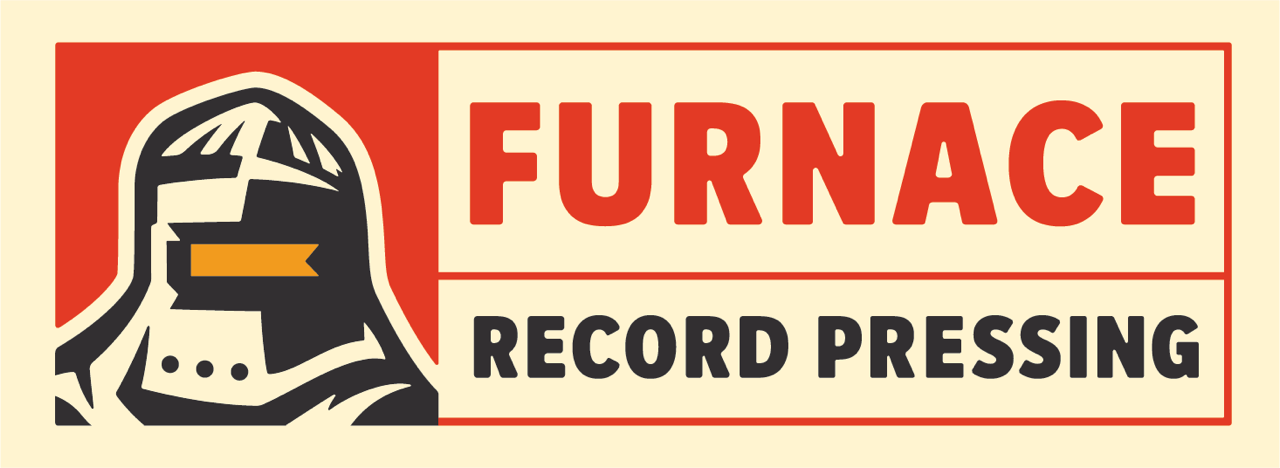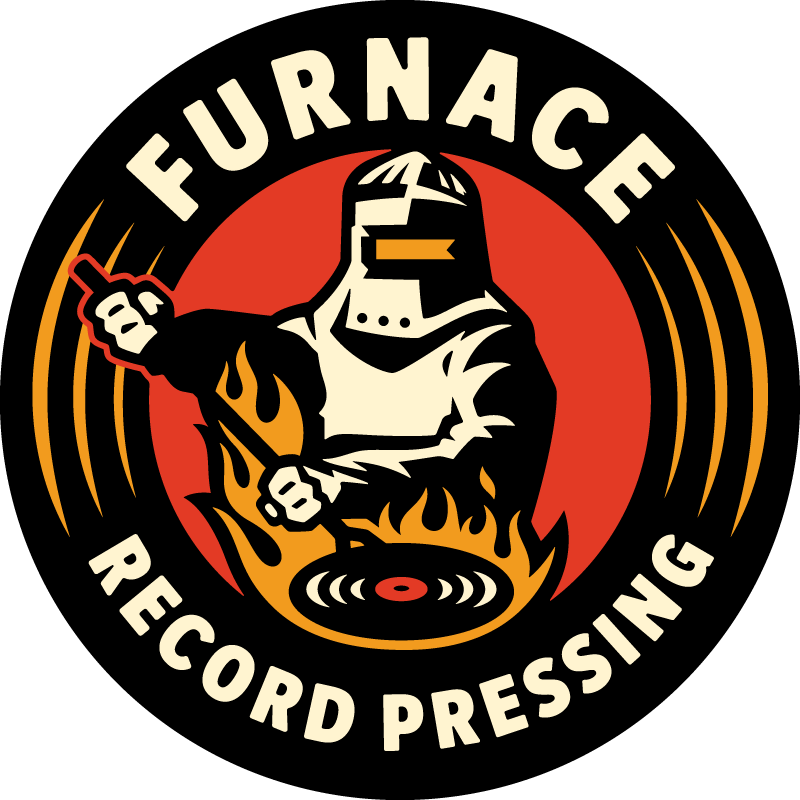The Ins and Outs of Vinyl Manufacturing at Furnace Record Pressing
With vinyl sales higher today than they’ve been in the last 20 years, vinyl record pressing is no longer a niche format. Boasting the best press capacity and most consistent turn-times in vinyl pressing, you probably already know that Furnace is your go-to source for the highest quality vinyl in the world. But how do we do it? What’s the vinyl manufacturing process that goes on day in and day out?
Nowadays, almost anyone can record music from a computer onto a CD; but unlike a CD, getting your music on vinyl requires a significantly more complex mastering process. In the world of vinyl, the word “mastering” refers to a physical (not digital!) process of transferring your original audio to metal plates, which are then used to press your records. First, our skilled audio engineers inspect your submission to ensure the finished audio will sound awesome on vinyl, recommending vinyl EQ levels or other modifications when relevant. From there, the master is cut onto lacquers. A “lacquer” is a literally a lacquer-coated aluminum plate to which the audio of your disc is physically inscribed with a special cutting lathe. Typically, only one set of lacquers is cut for the life of an album, and thus is handled very delicately with the utmost of care. The alternative to using lacquers is referred to as DMM (Direct Metal Mastering). If a particular release is better suited for DMM or the customer specifically requests that we use the DMM process, we cut directly onto a copper plate using a special cutting lathe.
Father and mother plates are created from the lacquers/coppers in a process called “galvanics”, which are ultimately used to make stampers. The father plate (negative grooves) can be used to make mother plates (positive grooves), which are used to create stampers (negative grooves). This elaborate mastering science is what makes vinyl manufacturing possible—the stampers are then loaded onto the press to first create test pressings, and then, ultimately, your finished records. Fun fact: we use one set of stampers per approximately 500-1000 records pressed. The first set of stampers is referred to as the “hot stamper” and the record collecting community covets records produced in this first batch.
Did you know that the vinyl labels are not a sticker? Nor is the label art printed onto finished records. Rather, the labeling is physically integrated into the pressing process. We print your artwork onto special paper that resists cracking and flaking. We then pre-bake your printed labels in a special oven that primes the paper for the pressing process, ensuring the finished labels are blister-free. Graphic gurus take note: it’s sometimes easier to match a desired color with CMYK inks rather than Pantone spot colors. This is because the label baking and vinyl pressing processes can physically alter the color of some inks, particularly those that are very light. After the labels are pre-baked, they are aligned onto both sides of a vinyl biscuit (a puck of vinyl ready for pressing – it really looks like a biscuit).
The stamper then presses the biscuit complete with labels into a finished vinyl record using hot steam and high pressure to form the grooves followed by a cycle of cold water that cures the record enough to allow the press to open and extract the final product.The record is then trimmed down to size, inserted into a dust sleeve and is then sent along the assembly line for its next phase of packaging. It’s really a wonder to behold!





